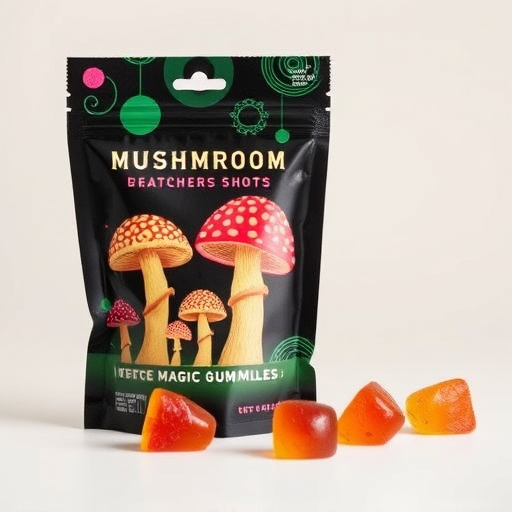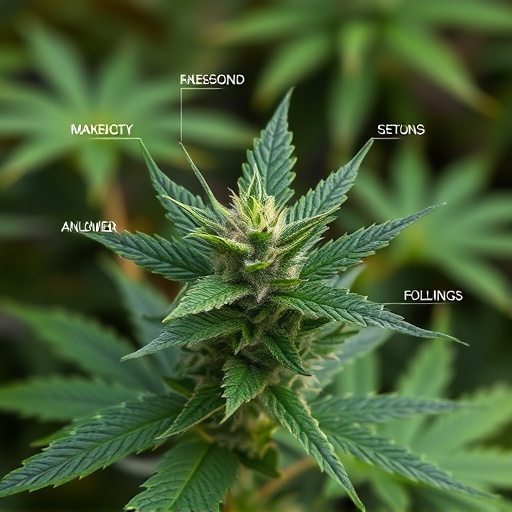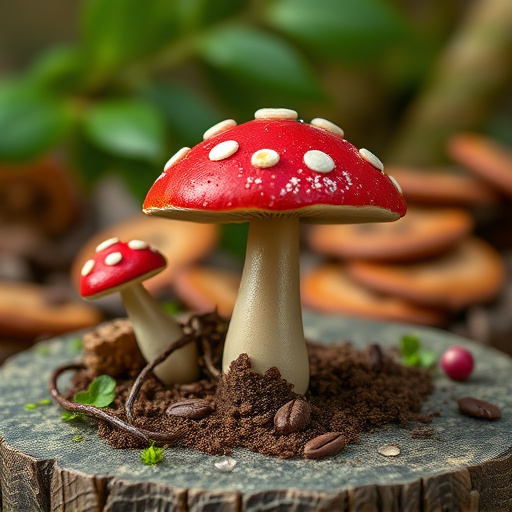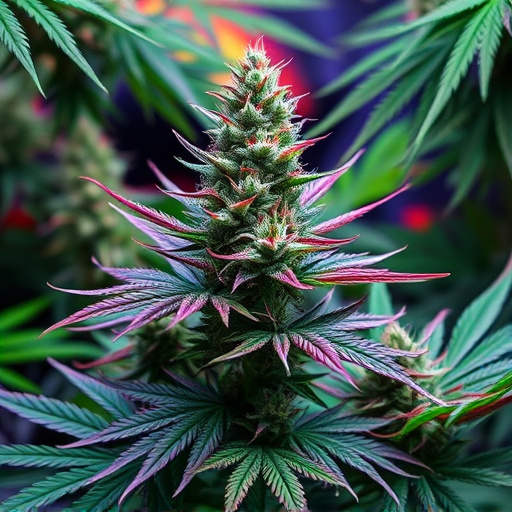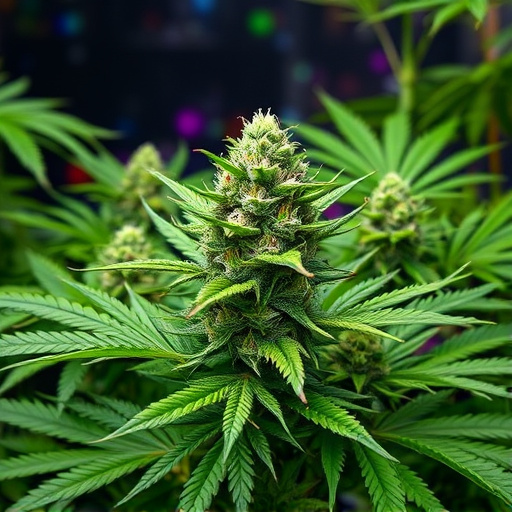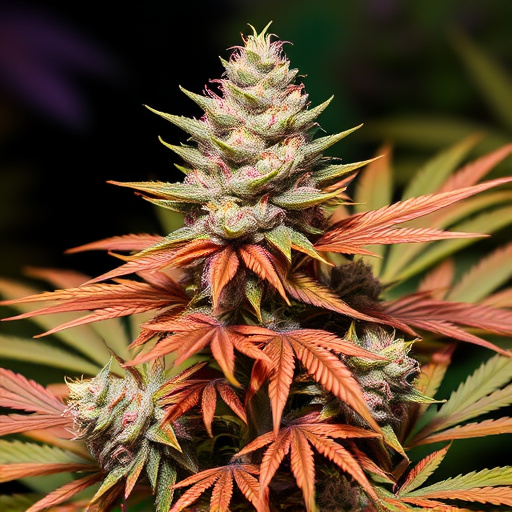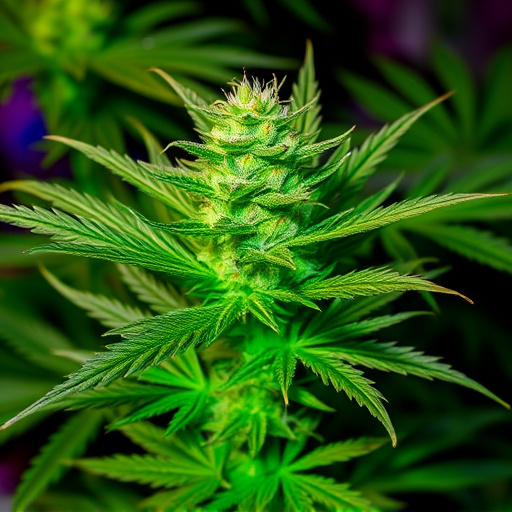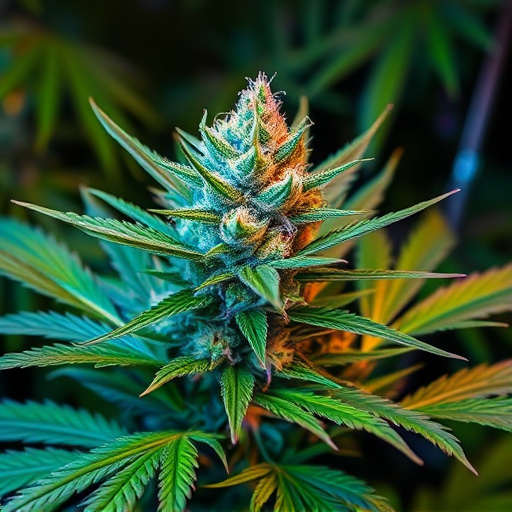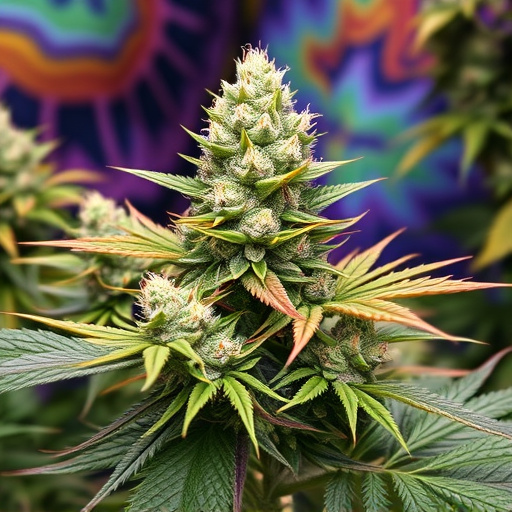Psychedelic cannabis strains, rich in THC and balanced cannabinoids like CBC and CBD, induce intense food cravings due to their interaction with the endocannabinoid system. This effect, commonly known as "the munchies," can be particularly beneficial for individuals with eating disorders or conditions like anorexia nervosa, as THC triggers hunger hormones while CBD may reduce nausea. The soothing and euphoric state these strains produce encourages users to listen to their body's hunger cues, enhancing the dining experience and promoting better nutrition.
Cannabis’ ability to stimulate the appetite, often referred to as the “munchies,” is well-documented. This phenomenon has intrigued researchers and users alike, leading to a deeper exploration of its underlying mechanisms. In this article, we delve into the science behind cannabis’ hunger-inducing effects, focusing on psychotropic compounds and their interaction with the endocannabinoid system. We also examine psychedelic cannabis strains, known for their potent effects, as potential tools for enhancing appetite in various medical contexts.
- Understanding the Cannabis Hunger Effect
- The Role of Psychotropic Compounds
- Exploring Psychedelic Cannabis Strains for Enhanced Appetite
Understanding the Cannabis Hunger Effect
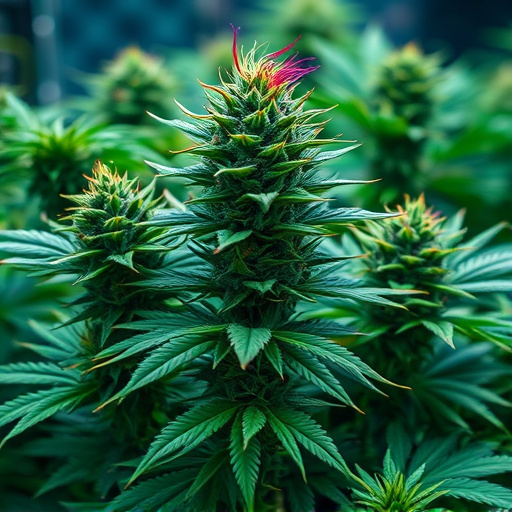
The effect of cannabis on appetite, often referred to as the “hunger games,” is a well-documented phenomenon. When consuming psychedelic cannabis strains, users frequently experience an intense craving for food, sometimes described as a compulsive drive to eat. This peculiar reaction has intrigued scientists and cannabis enthusiasts alike, prompting numerous studies to uncover its underlying mechanisms.
The hunger effect can be attributed to the interaction between cannabis compounds and our endocannabinoid system (ECS), which plays a key role in regulating various bodily functions, including appetite. Tetrahydrocannabinol (THC), one of the primary psychoactive compounds in cannabis, binds to ECS receptors in the brain, triggering a cascade of events that stimulate hunger. Interestingly, certain psychedelic strains, known for their high THC content, can amplify this effect, leading users on a culinary quest to satisfy their newfound cravings.
The Role of Psychotropic Compounds
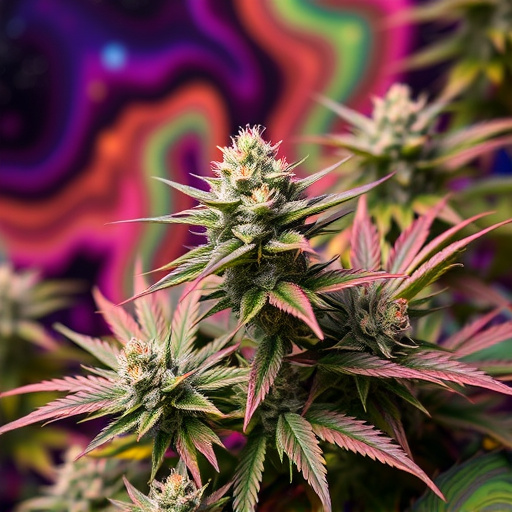
The effects of cannabis on appetite are well-documented, and a significant factor in this is the presence of psychotropic compounds. Psychedelic cannabis strains, known for their potent THC levels, can stimulate hunger through complex interactions within the brain. Tetrahydrocannabinol (THC), the primary psychoactive compound, binds to cannabinoid receptors, particularly CB1 receptors in the endocannabinoid system. This activation can lead to increased appetite and cravings, often described as the “munchies.”
Beyond THC, other psychotropic compounds like cannabinol (CBN) and cannabigerol (CBG), which are also present in varying amounts in different strains, contribute to these effects. These compounds may influence neurotransmitters and hormones that regulate hunger, such as leptin and ghrelin. The interplay of these psychedelic compounds creates the well-known sensation of heightened appetite often associated with consuming psychedelic cannabis strains.
Exploring Psychedelic Cannabis Strains for Enhanced Appetite
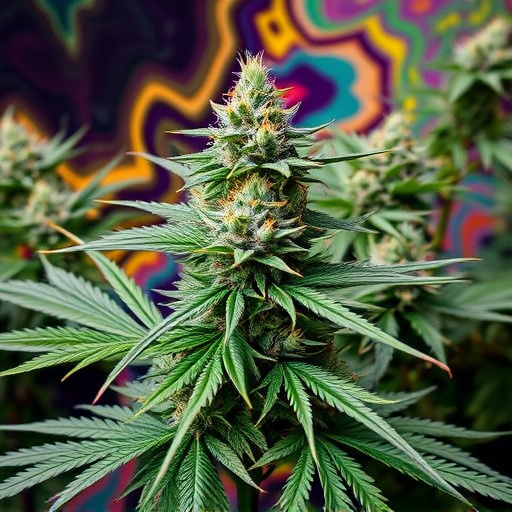
Exploring psychedelic cannabis strains can offer a unique experience for those looking to enhance their appetite. These strains, known for their potent effects and diverse chemical profiles, often contain elevated levels of tetrahydrocannabinol (THC) and certain cannabinoids like cannabichromene (CBC) and cannabidiol (CBD). Research suggests that THC stimulates the release of appetite-regulating hormones, while CBD may help reduce nausea—a common side effect associated with cannabis consumption.
Psychhedral cannabis strains are becoming increasingly popular among users seeking to combat eating disorders or conditions like anorexia nervosa. The right strain can create a soothing and euphoric state, encouraging users to connect with their bodies’ hunger cues. Additionally, the heightened sensory perception induced by psychedelic strains may enhance the overall dining experience, making meals more enjoyable and fulfilling.
Cannabis’ impact on appetite is a complex interplay between psychotropic compounds and our body’s endocannabinoid system. Understanding this effect opens doors to exploring therapeutic potential, especially with the rise in popularity of psychedelic cannabis strains known for their enhanced appetite-stimulating properties. These strains offer a promising avenue for further research into treating conditions characterized by reduced hunger, providing a natural approach to managing appetite in a safe and controlled manner.

